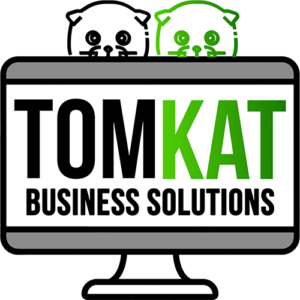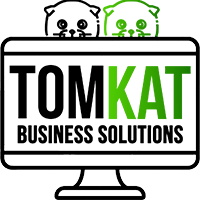Budget. How many times, in the life of your business or organization (or for that matter, in the business or organization of your life!), have you heard that word and cringed? When have you actually smiled when you said “wow, it’s time to revisit our budget” or “let’s see how well we’re performing against our budget so far this year”? For that matter, when you opened this blog, was your first instinct to close it?
In my long experience, the simple fact is that people look at budgets – whether personal or in their company – in one of two ways: as a high bar they MUST clear (revenue), or as a cliff-edge over which they MUST NOT venture (expenses). It is one of the most common benchmarks by which supervisors and managers are evaluated: “did your sales team meet its quota this month?”, or “did you go over your department’s expense budget (and by the way, what’s up with those office supplies)?”
As with most of life, there is bad news and good news here. Let me re-phrase that: there are ineffective (bad) ways to use a budget, and there are effective (good) ways to use one. Most people only think of the bad ways, often with evidence to back up their thinking. “I couldn’t make my sales number, so I lost my job.” “I couldn’t keep my department’s expenses in check, so I was demoted.” “The bottom line didn’t meet our lender’s expectations, so they bailed on us.” All these things can and do happen. But for the business or organization itself, I am going to suggest there are two words that are mission-critical not only to the success and usefulness of a budget, but to the entire Team’s perception of it. Those two words are:
Flexibility and Communication.
A budget is more than a model; it is, in effect, a prediction of the future. As such, it is, shall we say, imperfect? Have you ever lost a bet on a Super Bowl, or watched your favorite stock sink into the abyss? More to the point: how many of you at this time last year, as you started planning for 2020, saw a world-wide, economically-crippling pandemic on the horizon? I most certainly did not. I’ve had to re-chart my whole life in 2020, like almost everyone I know. My income and expenses have changed; I’ve had to become Flexible. And you’ve probably had to do the same thing. A budget must be a living, breathing, evolving thing – it must be Flexible – for the simple reason that outside events usually control us more than we control them. Yeah, I don’t like that, either…
And a living, breathing, evolving, Flexible budget needs something else, too: it must be supported by Communication. Communication flowing both ways, on a variety of levels and for a variety of reasons. Perhaps the most important reason (at least from my perspective) is to make sure the whole Team understands the essence of a budget. Yes, it is a measuring stick, but it is also a chart of your progress, a map of your journey. And when, for whatever reason, it is not serving your organization, members from all levels need to Communicate, to be heard – because the budget needs to serve the business, not the other way around.
Sit down with Kathie and me. Allow me to tell you about the multi-year budget / cash flow model I created for my “dream job”, how senior management enrolled in the vision it presented, and how it served that business in its growth and acquisition. Let us give you the full spectrum of how we can take some of the load off your shoulders, and how our Mission Statement can become an active part of yours. We are here to help, and we stand ready to serve you. Thanks for reading!
Tom Bracken

